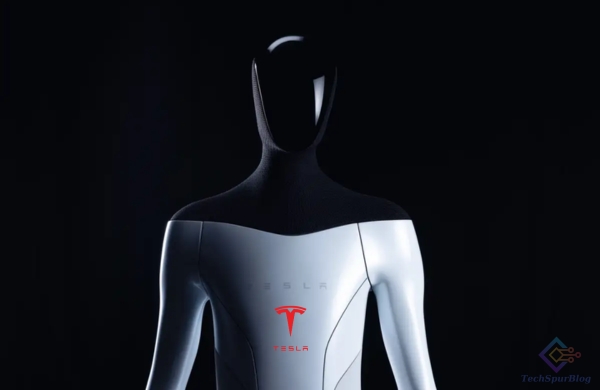
Tesla’s humanoid robot, Optimus, is making remarkable progress in its development, as highlighted in a recent video shared by Elon Musk’s company. The footage demonstrates Optimus’ ability to autonomously recognize and calibrate its limbs while showcasing its newfound skills in yoga practice.
Tesla’s primary objective with this demonstration is to showcase the rapid evolution of their humanoid robot, powered by an end-to-end neural network. Thanks to this advanced “brain,” Optimus can utilize its cameras as if they were eyes and, with the assistance of joint position encoders, precisely identify its arms and legs.
This not only aids in spatial awareness for the robot but also enables it to learn and complete tasks more efficiently. In the video shared on Twitter, Optimus can be seen identifying blocks and sorting them based on their color into different trays. However, the story goes beyond that, as the robot can also rearrange misplaced pieces into their correct positions.
Optimus can now sort objects autonomously 🤖
Its neural network is trained fully end-to-end: video in, controls out.
Come join to help develop Optimus (& improve its yoga routine 🧘)
→ https://t.co/dBhQqg1qya pic.twitter.com/1Lrh0dru2r
— Tesla Optimus (@Tesla_Optimus) September 23, 2023
What’s most intriguing is how Optimus can adapt in real-time to “deal with the dynamics of the real world.” This is demonstrated when a person interferes with the humanoid Tesla robot’s work by disrupting the sorted blocks or moving those yet to be collected. The device doesn’t become stuck or interrupted but continues to recognize the elements and arrange them accordingly.
Also Read: Tesla Model S and Model X UK Orders Now Include a Reacher
Tesla Showcases Advancements in Its Humanoid Robot
Optimus represents one of Tesla’s most ambitious endeavors in recent times, and it is showing significant progress. It’s worth noting that Elon Musk’s team has already begun using this device at the Fremont, California factory, where it has been observed performing light tasks such as organizing parts, distributing packages, and even tending to plants.
The robot’s evolution due to the neural network powering it is evident. The fact that Tesla’s humanoid robot can learn to complete specific tasks more rapidly and entirely autonomously brings it one step closer to achieving its primary goal: relieving human workers of the most tedious tasks.
As for its yoga practice, at first glance, it may seem like a gimmick or a novelty. However, it serves a more profound purpose. The poses replicated by the humanoid robot allow Tesla to showcase its balance and spatial perception abilities. This isn’t the first time the company has highlighted Optimus’ technical prowess.
It’s worth remembering that in October 2022, Tesla demonstrated the strength of one of the actuators used in the robot’s legs. This component was capable of lifting a grand piano weighing approximately 500 kilograms, showcasing its remarkable power.
Also Read: Reddy: Your Ultimate Companion Robot for Home Entertainment and Security
When Elon Musk first unveiled the functional prototype of Optimus, he proclaimed it would be the robot that “would eradicate hunger from the world.” While the jury is still out on whether it will achieve that lofty goal, it is undeniably making significant strides in its development. This is especially crucial considering that other companies, such as the Norwegian firm 1X Technologies, backed by OpenAI, are also competing to develop the ultimate humanoid robot.
Tesla’s Optimus is, without a doubt, on a path of rapid advancement, and the world is watching closely as it continues to evolve into a technological marvel with a broad range of applications.

Leave a Reply